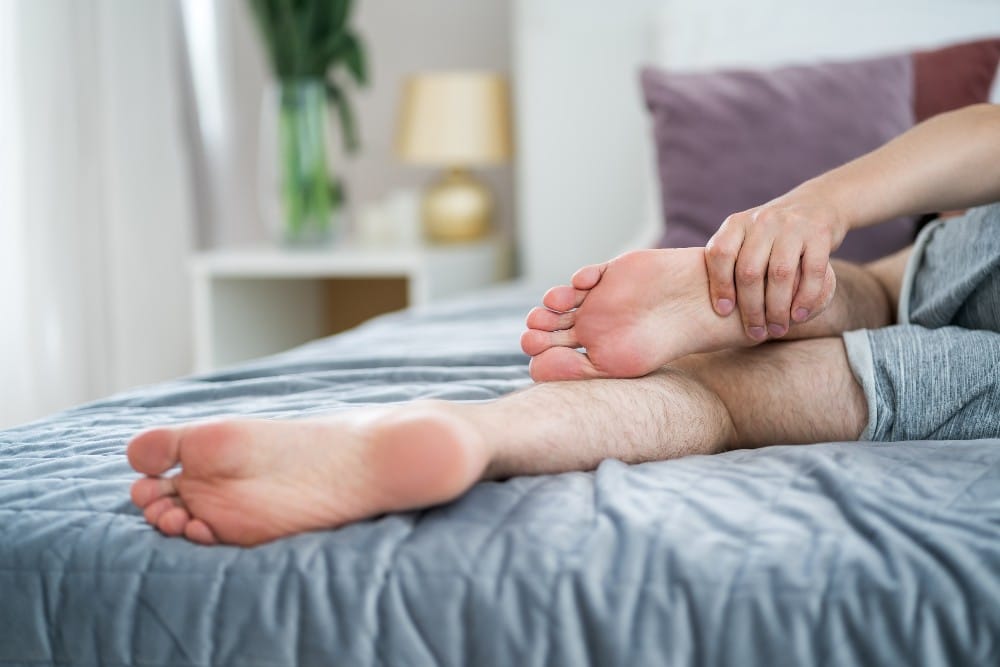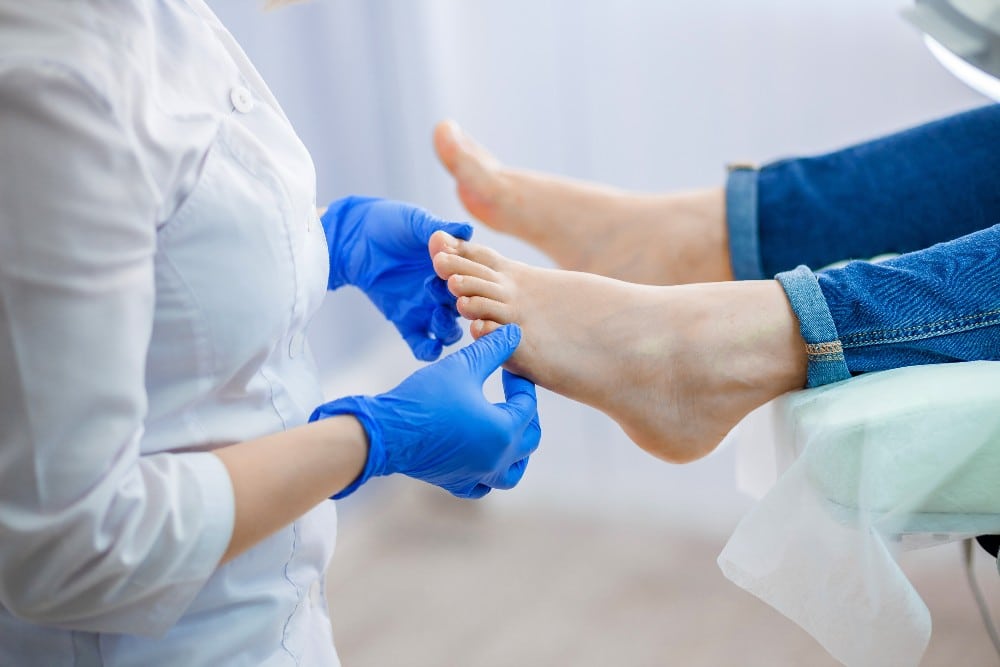When you spend time at home, you usually think that the rest is good for your body and your feet.
However, it’s possible for additional time at home to worsen or contribute to new heel pain. Here’s what you need to know.
The Likely Culprit
Plantar fasciitis is the most common cause of heel pain, and spending more time at home has the potential to increase your pain levels.
When the plantar fascia (a thick band of tissue that runs along the underside of the foot) is overstrained, this causes plantar fasciitis. Your plantar fascia may have tiny tears and inflammation that contribute to your heel pain.
If you feel sharp heel pain after extended periods of inactivity, this is a sign that you have plantar fasciitis. Once your plantar fascia “warms up,” the pain subsides.
What Does Inactivity Make Plantar Fasciitis Worse?
If you’re staying off your feet or avoiding strenuous activities with the hope that a little rest will alleviate your pain, you may be surprised to discover that your feet feel worse.
There are a few reasons for this. When you stay at home, you tend to only wear socks or go barefoot. Neither of these options gives your feet support.
If you usually wear proper-fitting shoes with ample foot support, not wearing these shoes can make your feet feel worse due to the lack of support.
Changes to your activity level can also influence your heel pain; this applies to decreases or increases in your activity level.
Decreasing your activity level weakens your tissues and can lead to weight gain, both of which put more stress on your arches.
If you’re more active, your feet aren’t used to the additional activity, exacerbating your pain levels. The goal is to increase your activity slowly and always wear properly fitting shoes (even if you’re only doing activities around the house).
How Can You Improve Your Plantar Fasciitis?
Scheduling an appointment with us is the most efficient way to address your plantar fasciitis. We’ll get to the root causes of your discomfort and suggest treatments and lifestyle changes that provide relief.
In the meantime, there are a few things you can do to reduce your pain levels:
- Wear shoes indoors: When you’re standing or moving around your home, you need to wear supportive shoes. You can wear your “outside” shoes (just clean the soles) or you may invest in a pair of supportive house shoes. You can also add your custom orthotics to a good pair of house shoes or slippers.
- Add cushioning to your home: If you stand for lengthy periods in areas with hard flooring, add anti-fatigue mats to these areas to reduce the stress put on your feet.
- Stretch and move around: Make it a habit to walk around a few minutes each hour (wearing your supportive shoes) and do a few stretches.
- Introduce new activity slowly: When increasing your activity level, make sure to pace yourself to minimize heel pain. Don’t increase your activity intensity by more than 10 percent a week, and always wear supportive shoes.
Get the Help You Need for Heel Pain Now
The sooner you identify and treat the causes of your heel pain, the faster you’ll reduce your pain.
Schedule an appointment with us by calling 510-647-3744 or by filling out our online contact form. We’re happy to help with your heel pain.

